Richard Linnett explores Chatter, an ensemble providing ‘sonic mass’ in Albuquerque, founded and directed by concertmaster of the Santa Fe Symphony, David Felberg
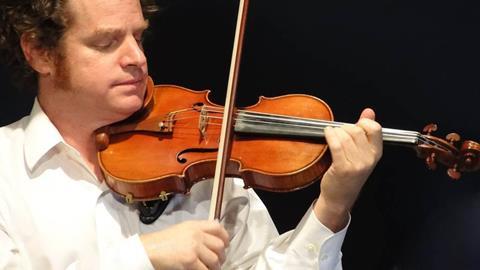
Read more Featured Stories like this in The Strad Playing Hub
On a recent Friday night at Chatter headquarters in downtown Albuquerque, a very busy David Felberg, untucked shirt and uncombed shock of red hair, singlehandedly prepped the bandstand, which could easily pass for a dive punk rock stage. Minutes later the renowned cellist Laura Metcalf took a bow, and the cavernous industrial venue echoed with the shifting harmonics of In Manus Tuas, a solo cello piece based on a 16th-century motet by Thomas Tallis written by the Pulitzer Prize-winning American composer Caroline Shaw.
Early the next morning Felberg arrived at Chatter North, tastefully housed in the Center for Contemporary Arts in Santa Fe. This time dressed formally in black attire and carrying a William Harris Lee & Company viola, Felberg joined Metcalf and Ukrainian violinist Solomiya Ivakhiv in a passionate performance of Fedir Yakymenko’s String Trio in C minor. The same show, including an Ivakhiv solo on Dobrinka Tabakova’s 2002 composition Insight, was repeated the next day, Sunday morning at 10:30am back in downtown Albuquerque.
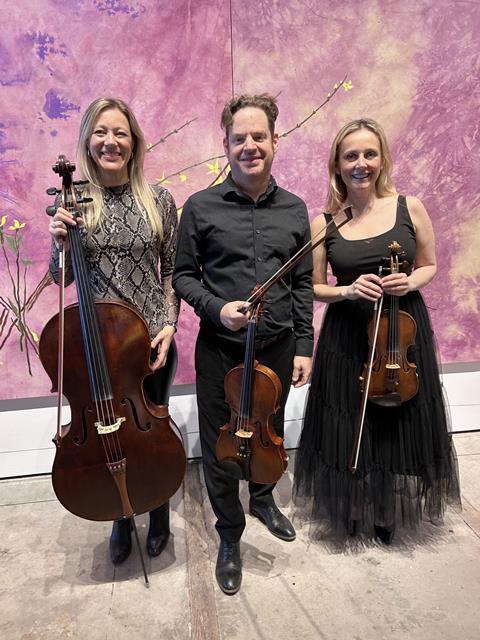
A music ensemble or a performance series? Chatter may be best described as a sonic mass celebrating serious music Saturday and Sunday mornings and once a month in a late Friday night vigil, in most cases to sold-out congregations. Chatter events include a homily of sorts, actually a spoken-word performance by a poet or writer, and a break to observe a two-minute ritual of silence. When violinist Colin Jacobsen’s Whitman on Walls act came to Chatter, the audience was even encouraged to turn and greet one another, much like ‘passing the peace’ in church.
No surprise. Chatter evolved from the Church of Beethoven, a Sunday morning music series that was launched in Albuquerque in 2008 by cellist Felix Wurman. ‘Felix was playing at a church service and noticed that the congregants were moved as much by the music as the sermon,’ said Felberg. ‘Tongue in cheek he said let’s get rid of the sermon and just have the music.’ Also, like church, musicians got paid by passing a basket around. And the two minutes of silence? ‘That was in the church service as well, so Felix said, let’s add that. It now serves as a sound palette cleanser between pieces.’
Wurman passed away from cancer a year after founding the Church of Beethoven and Felberg took up the baton. Originally Chatter was the name of a local contemporary chamber ensemble he had formed in 2002; he migrated the name and the ensemble players over to the series. You might say he is the high priest of Chatter. He runs the organisation along with associate artistic director James Shields, who recently launched a new Chatter chapter in Portland, Oregon. Both also perform at the Chatter events, Shields on clarinet and Felberg on violin, viola and viola d’amore. Felberg also conducts.
I spoke to him a day after his remarkable performance of Jennifer Higdon’s challenging Pulitzer Prize-winning Violin Concerto with the Santa Fe Symphony, where he is concertmaster and appears with them throughout their annual nine-month season. He also performs with and conducts the Grammy-nominated Santa Fe Pro Musica during their eight-month long season. Chatter doesn’t have a season, its open all year, mounting approximately 130 performances. Felberg does much of the grunt work, along with a dedicated staff of volunteers including Chatter musicians like pianist and composer Luke Gullickson.
‘When I think of David I think of that quote about James Brown, he’s the hardest working man in showbiz,’ said Pro Musica artistic director Colin Jacobsen. ‘He does it all with grace and ease and friendliness, always. He is an artist who can step forward and be a leader and be fully a collaborator. There are people who are good at one or the other, he’s one of the rare ones who can really do both.’
According to the Santa Fe Opera’s former long-time marketing director Mark Tiarks, who now is the classical music critic of the Santa Fe New Mexican: ‘David really is one of the anchors of the classical music community here. He’s made it possible for musicians to get work in an environment that’s not easy. A huge part of Chatter’s budget goes to the musicians. A much higher figure than any other organisation, because it has resisted the temptation to have marketing directors, development directors, programme books, brochures and a complicated system of donor perks.’
The bulk of Chatter’s funding comes from personal sponsors and a constant cash flow from its weekly performances, which allows them to programme everything from solo shows to sixteen-piece chamber orchestra performances. Chatter even has a fund for commissioning new work, typically for local composers, and increasingly for national artists. Generous sponsors also commission pieces for them, one patron has commissioned over twenty pieces, including work by Pierre Jalbert and Lei Liang.
Chatter operates fifty weekends a year, plus one Friday night each month in a very experimental ‘Late Works’ programme, and it schedules five ‘Cabaret’ concerts a year that take place in the afternoons and are more like a party than a church service, with a cash bar. Most shows feature local musicians, others showcase out-of-town guests, such as the experimental ensemble Load Bang and violinist Vijay Gupta, and still others are a mix of in-towners and out-of-towners, a cocktail of talents intended to create an intoxicating musical energy. Often the musicians pick their own programme.
‘We don’t really figure out the music, we figure out the people who have certain proclivities in terms of music that we like, and we programme the people.’
‘The Chatter format is brilliant,’ said Jacobsen. ‘It’s only an hour long, and because it’s every week, the regularity of it and the cost of admission is not crazy, so you have an audience that’s ready to go on whatever journey the artist that particular week will take them.’
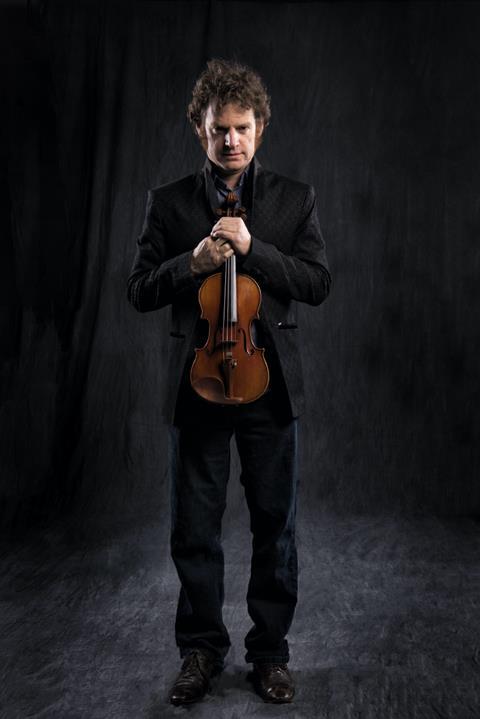
Chatter’s musical focus reflects Felberg’s own personal taste for new, or what he calls ‘newish music.’ He was raised in a classical household. His father, Leonard Felberg, a Brooklyn-raised, Yale educated, son of Moldavian emigres, was trained in the romantic violin tradition of Brahms and Tchaikovsky. Felberg’s mother Arlette was a concert pianist. After a storied career as a violinist with such prestigious organisations as the Concertgebouw Orchestra of Amsterdam, Leonard accepted a violin professorship at The University of New Mexico in 1969, the year of Felberg’s birth. Leonard believed that Albuquerque, far from the ‘craziness’ of East Coast cities, would be a good place to raise a family.
‘Lenny Felberg was a total mensch,’ said Tiarks. ‘He was the leading classical music performer in New Mexico, the concertmaster of the New Mexico Symphony and the Santa Fe Symphony. It was like having a slice of Brooklyn in the Southwest. Felberg is less East Coast but very much the same kind of guy, generous and gifted.’
Lenny gave Felberg his first violin when he was five years old. ‘When you grow up with someone as good as my dad, you pick up on stuff quickly. His room was next to the room I shared with my brother. He practised all the time and specialised in traditional Romantic repertoire and played it so beautifully. I grew up with that sound in my ear.’
Felberg learnt the romantic fare preferred by his father, who was strongly influenced by Jascha Heifetz and David Oistrakh, but the prodigal son yearned to explore contemporary classics such as Luciano Berio’s Sequenzas and Salvatore Sciarrino’s Etudes. ‘I tried to do different things, looking for repertoire that’s being written today, out-there sounds that can be played on the violin.’
‘What impresses me most about David is his enormous range,’ said Tiarks. ‘He has a musical instinct that taps into the essence of a piece, without overly dramatising or sentimentalising it. He plays with wonderful intonation, and he has an innate feeling for how to make the music work in a way that’s not at all flashy. You really get the sense that he’s inhabiting the music and he’s telling you about the piece through his playing.’
Chatter has enjoyed a long relationship with its neighbour, the Santa Fe Opera, presenting chamber pieces by living composers whose works are featured at the world-famous venue. Last year, Chatter showcased the Del Sol Quartet performing a string quartet by Gregory Spears, the composer of the modern opera The Righteous, which premiered in Santa Fe. Tiarks believes that the founding impulse of the Santa Fe Opera by the music entrepreneur John Crosby mirrors the founding impulse for Chatter.
‘Crosby wanted to have an opera company because he wanted to conduct in the worst way. He figured the only way to do it was to start his own opera company in this very attractive place to live, using young American performers. He programmed lots of contemporary material. It was counterintuitive in the same way as Chatter, and both have ended up attracting a very significant music community.’
For more information about Chatter visit https://www.chatterabq.org/
Read: At GatherNYC, the only religion is music: Laura Metcalf and Rupert Boyd
Read: A week of practice with violinist Oliver Neubauer
Read more Featured Stories like this in The Strad Playing Hub
The number one source for playing and teaching books, guides, CDs, calendars and back issues of the magazine.
In The Best of Technique you’ll discover the top playing tips of the world’s leading string players and teachers. It’s packed full of exercises for students, plus examples from the standard repertoire to show you how to integrate the technique into your playing.
The Strad’s Masterclass series brings together the finest string players with some of the greatest string works ever written. Always one of our most popular sections, Masterclass has been an invaluable aid to aspiring soloists, chamber musicians and string teachers since the 1990s.
The Canada Council of the Arts’ Musical Instrument Bank is 40 years old in 2025. This year’s calendar celebrates some its treasures, including four instruments by Antonio Stradivari and priceless works by Montagnana, Gagliano, Pressenda and David Tecchler.

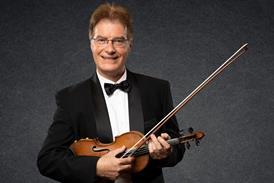

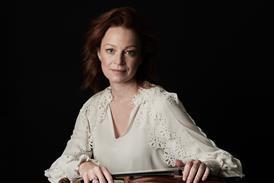
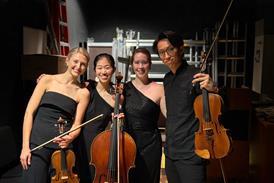
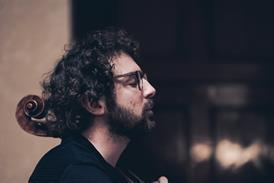
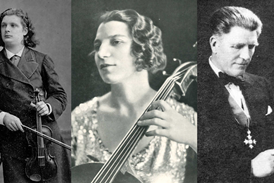


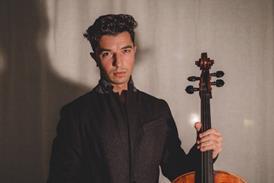
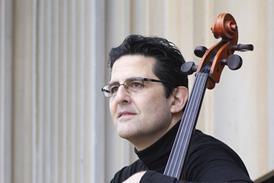
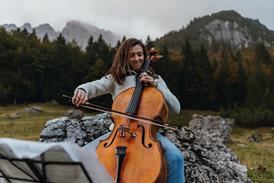
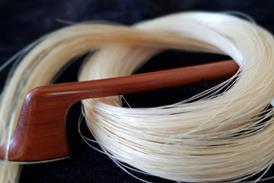
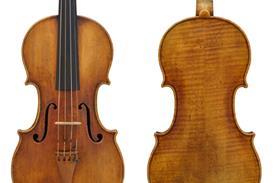

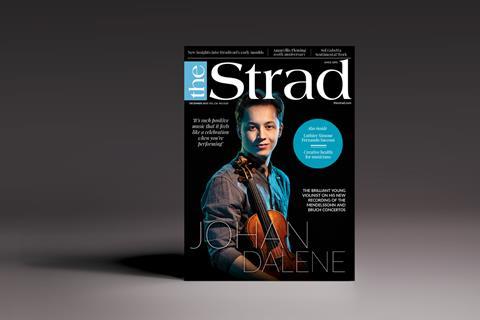
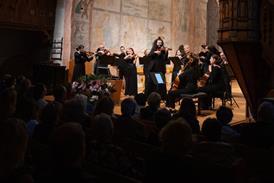

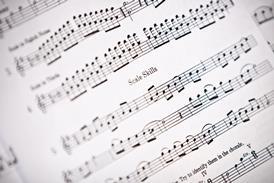
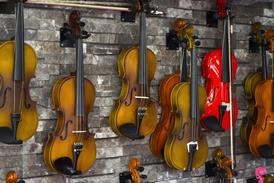

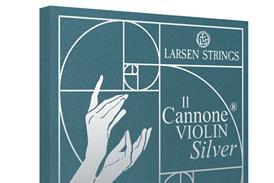
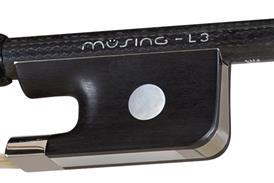
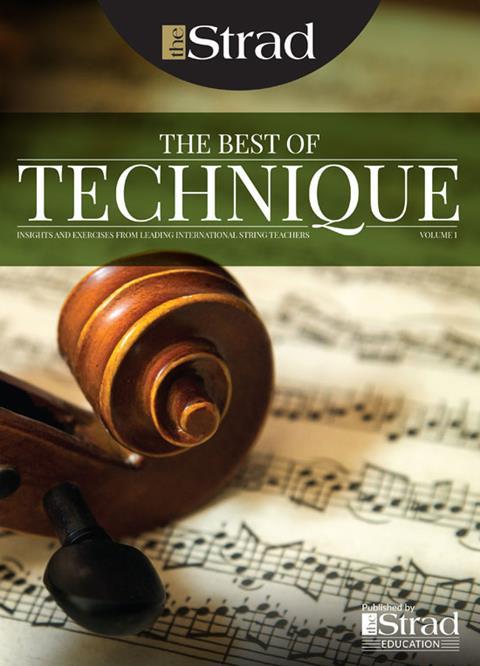
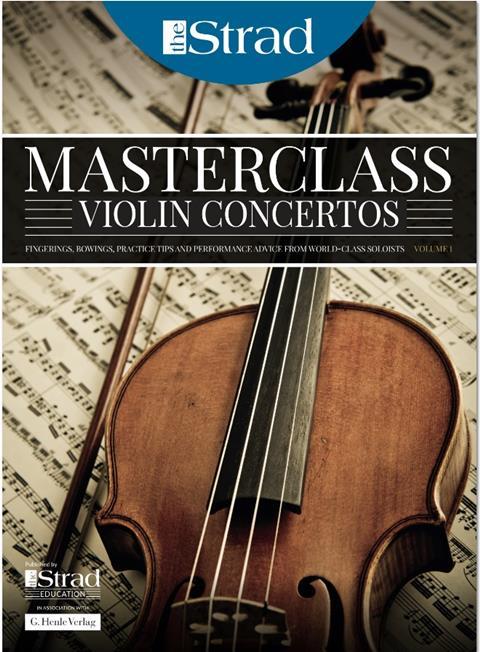
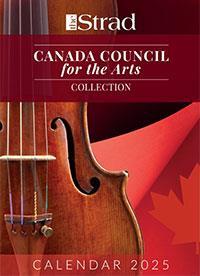
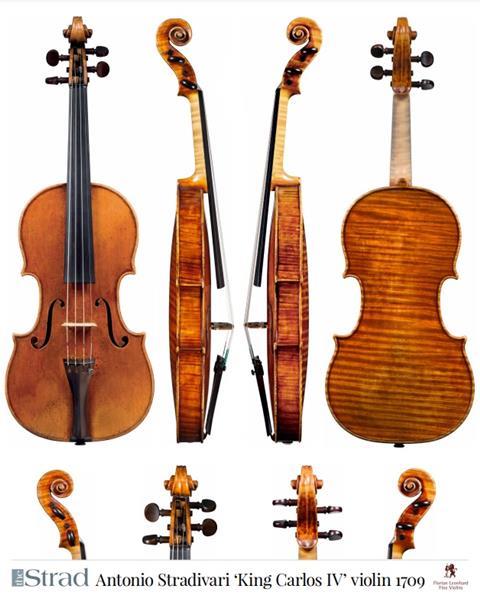
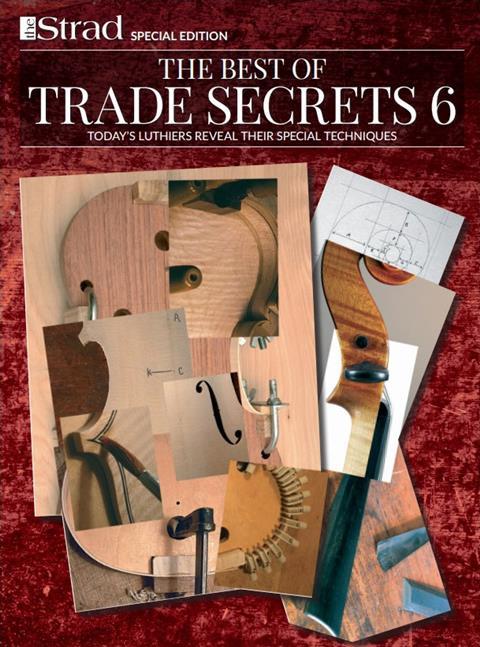
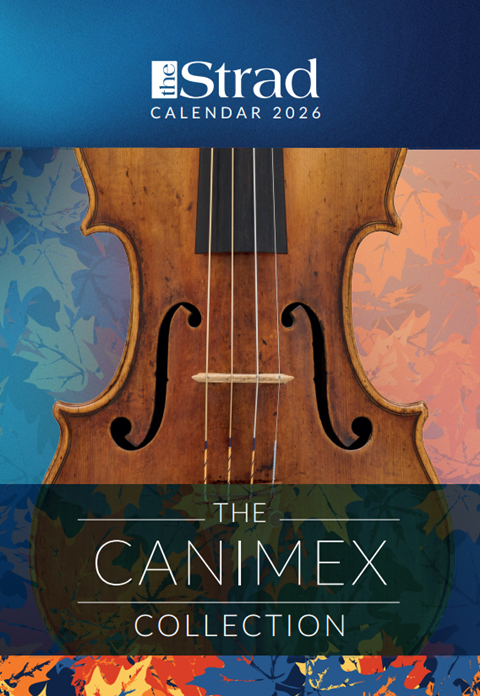
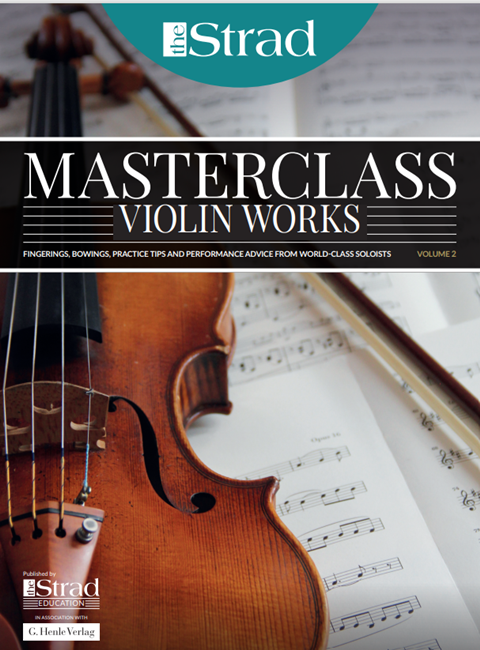
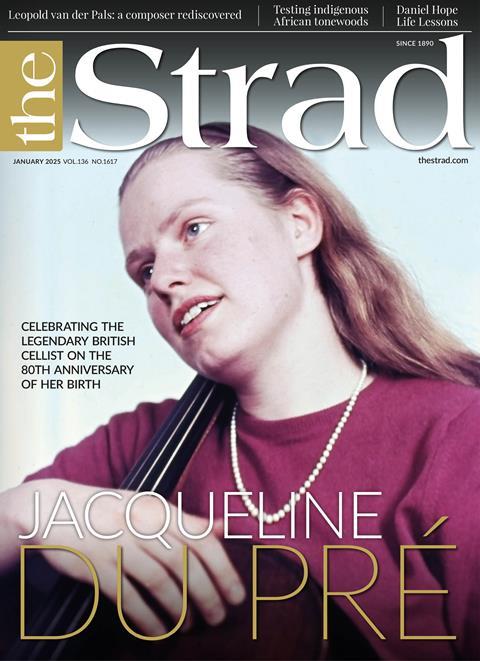

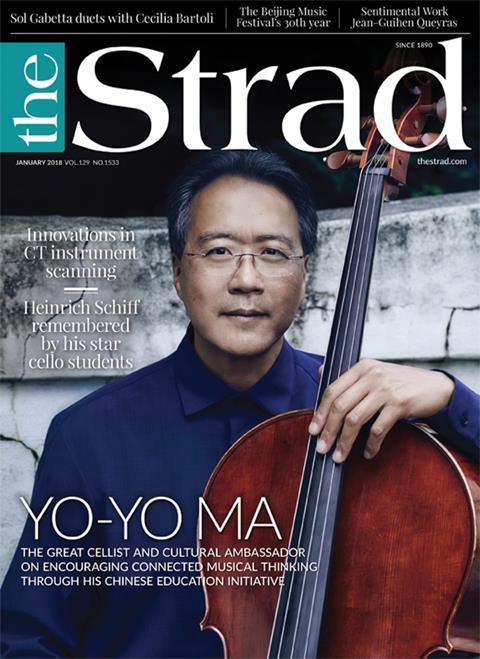












No comments yet